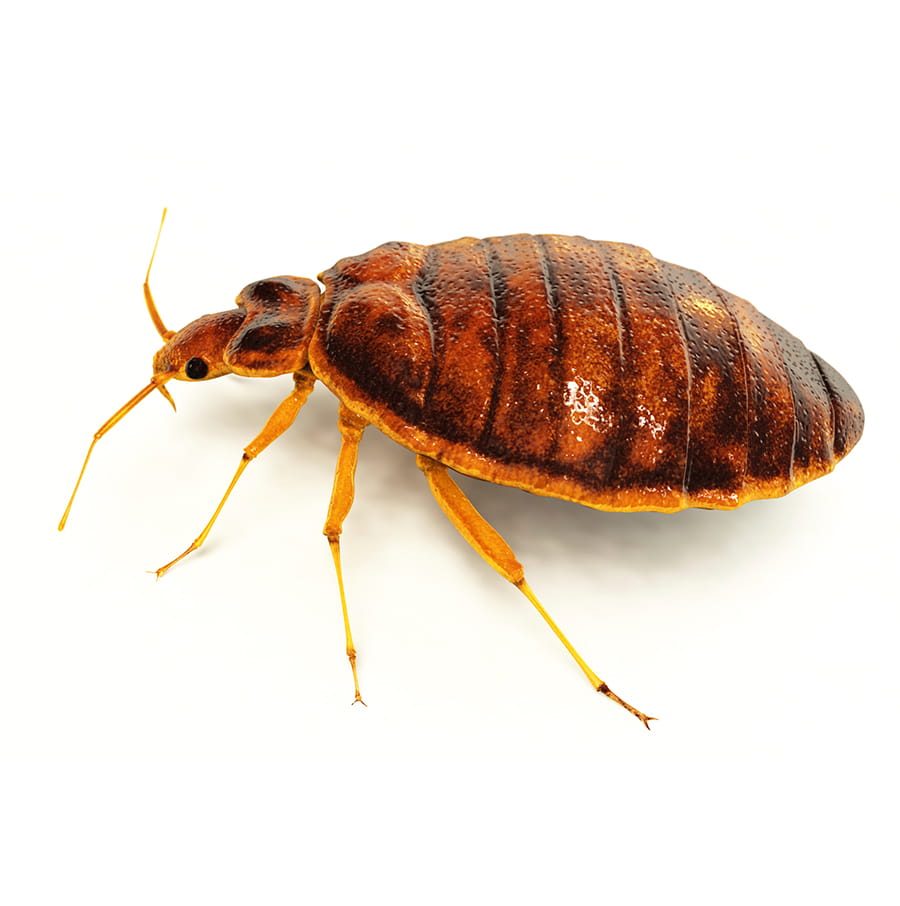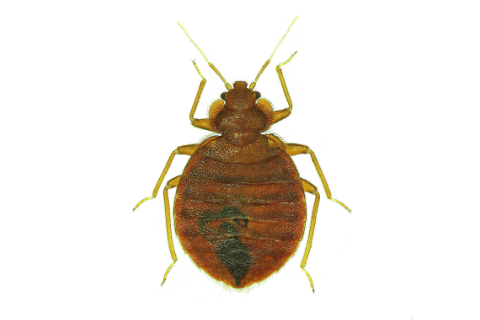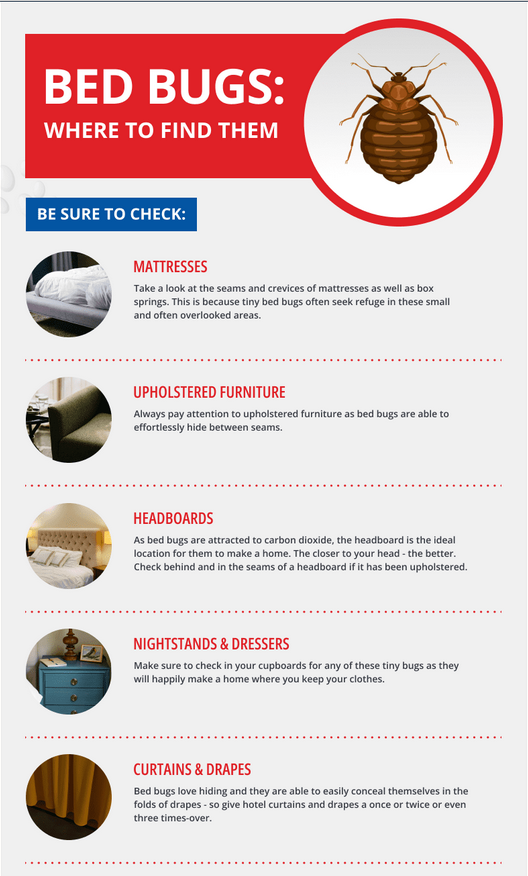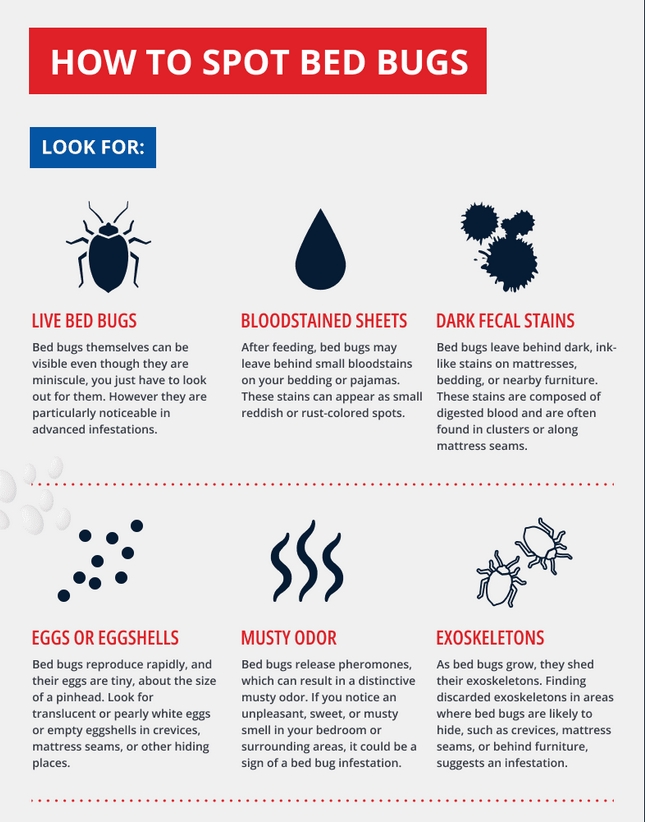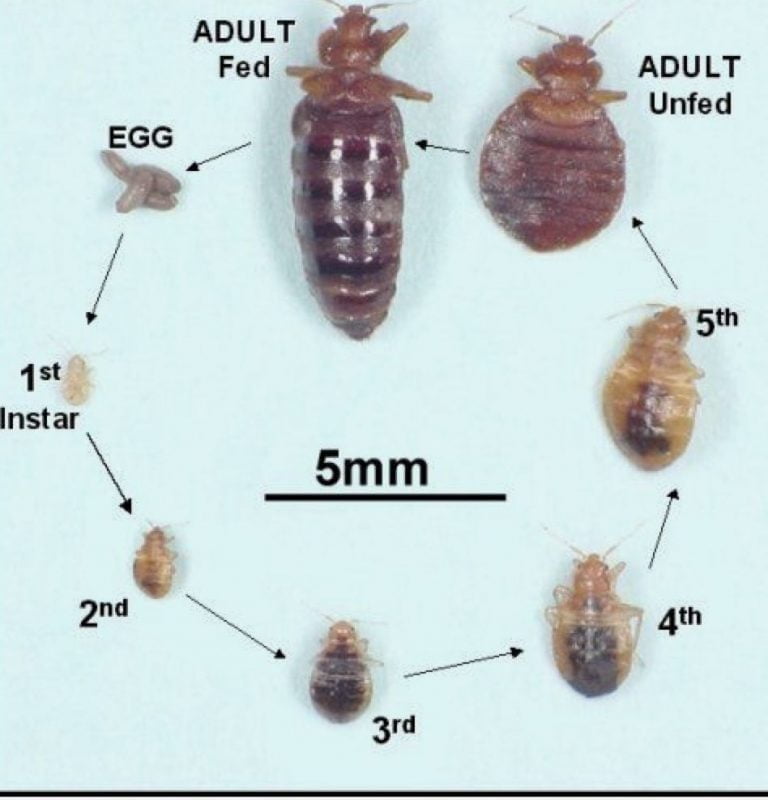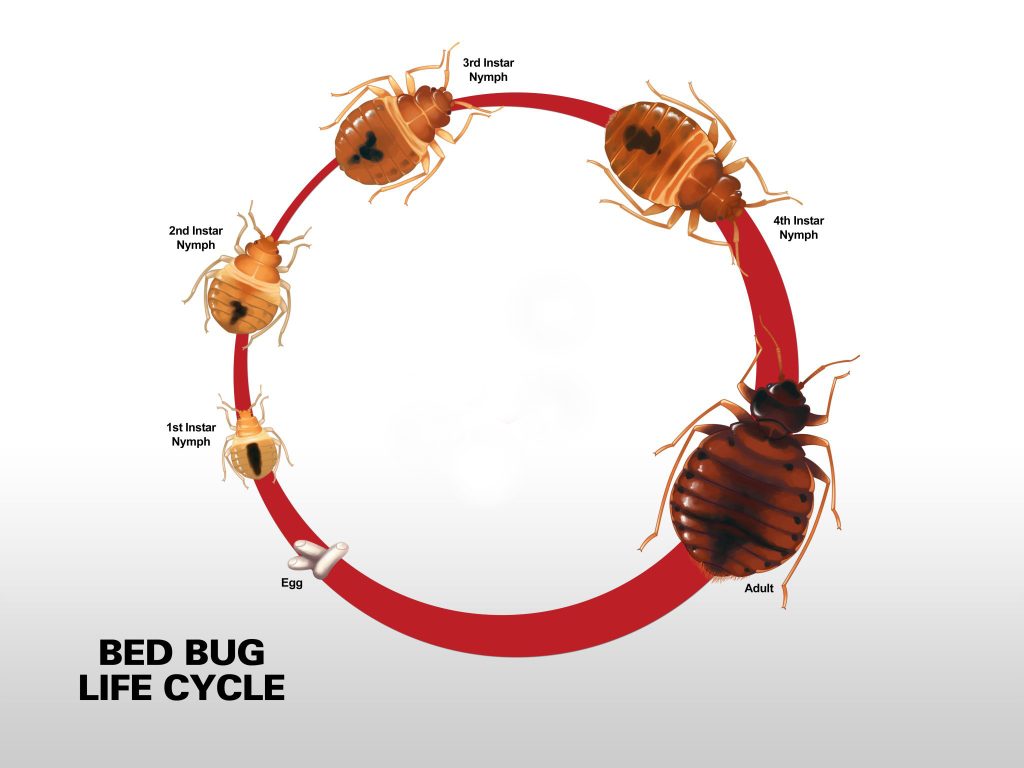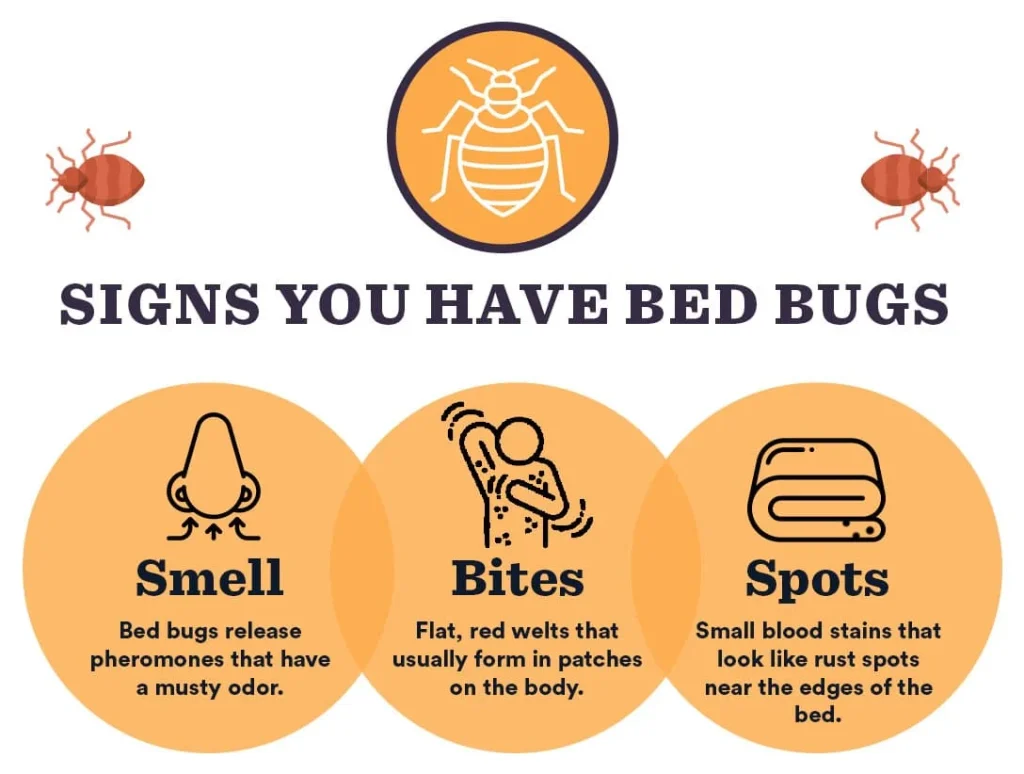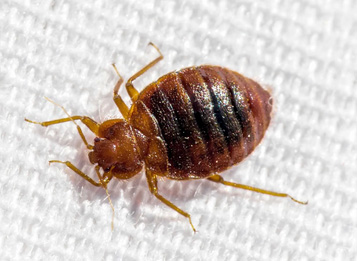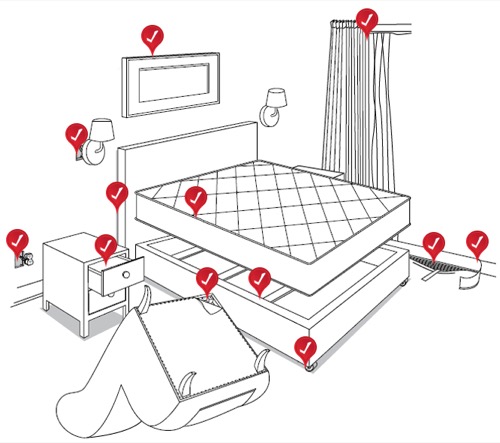BEDBUGS
Bed bugs are sneaky little pests, oval-shaped, and about 4-5 mm long when fully grown. Their flattened bodies are rust brown to deep red brown, allowing them to hide in tight spots like baseboards, cracks, carpets, and behind furniture. If you notice a sweet yet unpleasant odor, it could mean a larger infestation is present.
Key Signs to Watch For:
– Look for live or dead bugs and their shed skins.
– After feeding, bed bugs leave behind small reddish-black spots on your bedding.
– They lay tiny eggs (1/32″ to 1/8″) in dark crevices near where they feed.
– Bites can often go unnoticed, making detection tricky.
How Do They Spread?
Bed bugs prefer to stay put but can spread when disturbed, during food shortages, or if infested furniture is moved. They can hitch a ride on vacuum cleaners or through commercial laundry machines.
What to Do If You Find Them:
– Don’t disturb the area; leave it untouched for a professional assessment.
– Avoid removing items from the room, as this can help them spread.
– Quarantine the room and, if occupied, work with management to relocate guests.
– Contact a pest control expert immediately for inspection and treatment.
Prevention Tips:
– Regularly check for bugs and their droppings.
– Clean and vacuum bedrooms frequently.
– Use certified bed bug encasements on mattresses and box springs.
– Seal cracks in walls and furniture to limit hiding spots.
Understanding Bed Bug Behavior:
Bed bugs undergo a lifecycle of egg, nymph, and adult, with females laying up to 500 eggs in their lifetime. They thrive in places where humans sleep, drawn by warmth and carbon dioxide.
Why Are Bed Bugs Back?
Bed bugs are making a comeback due to reduced pesticide use, second-hand furniture, and increased travel. They can travel over 20 feet to find a meal but usually stay within 3-6 feet of their host.
How Concerned Should You Be?
Bed bugs multiply rapidly, with a few turning into thousands in just six months. They can survive for a year without feeding, so even if you leave, they might still be lurking.
For peace of mind and effective control, consider professional pest management.
